Beekeeping is raising and nurturing honeybees, which includes creating a suitable environment for them, ensuring their well-being, and collecting honey.
Beekeepers may also contribute to pollination, as bees are vital in fertilizing plants. Whether pursued as a fulfilling hobby or a lucrative business, beekeeping offers both personal satisfaction and potential financial gain.
We’ll dive deep into the art and science of beekeeping, covering everything freshly harvested honey and beekeeping tips for success. In particular, we’ll focus on freshly harvested honey and provide nine essential tips to ensure a successful harvest. So get ready to don your beekeeper suit and explore the sweet world of freshly harvested honey.
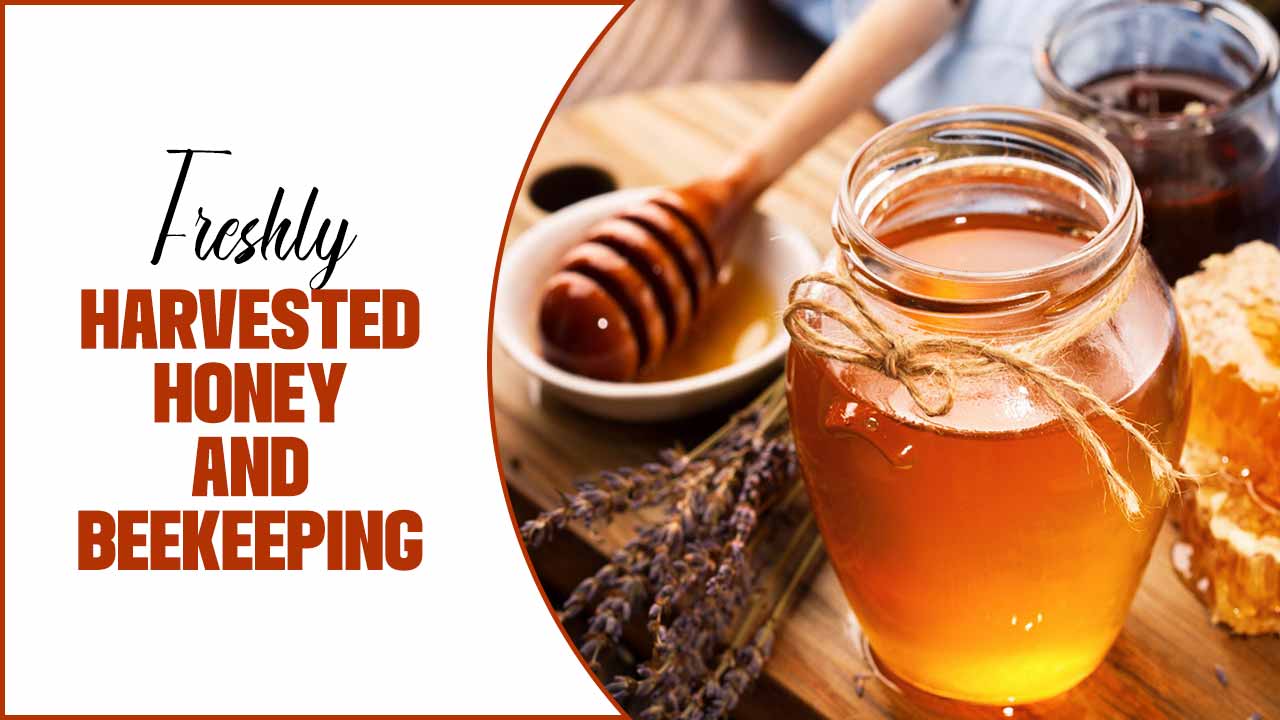
9 Tips For Freshly Harvested Honey And Beekeeping
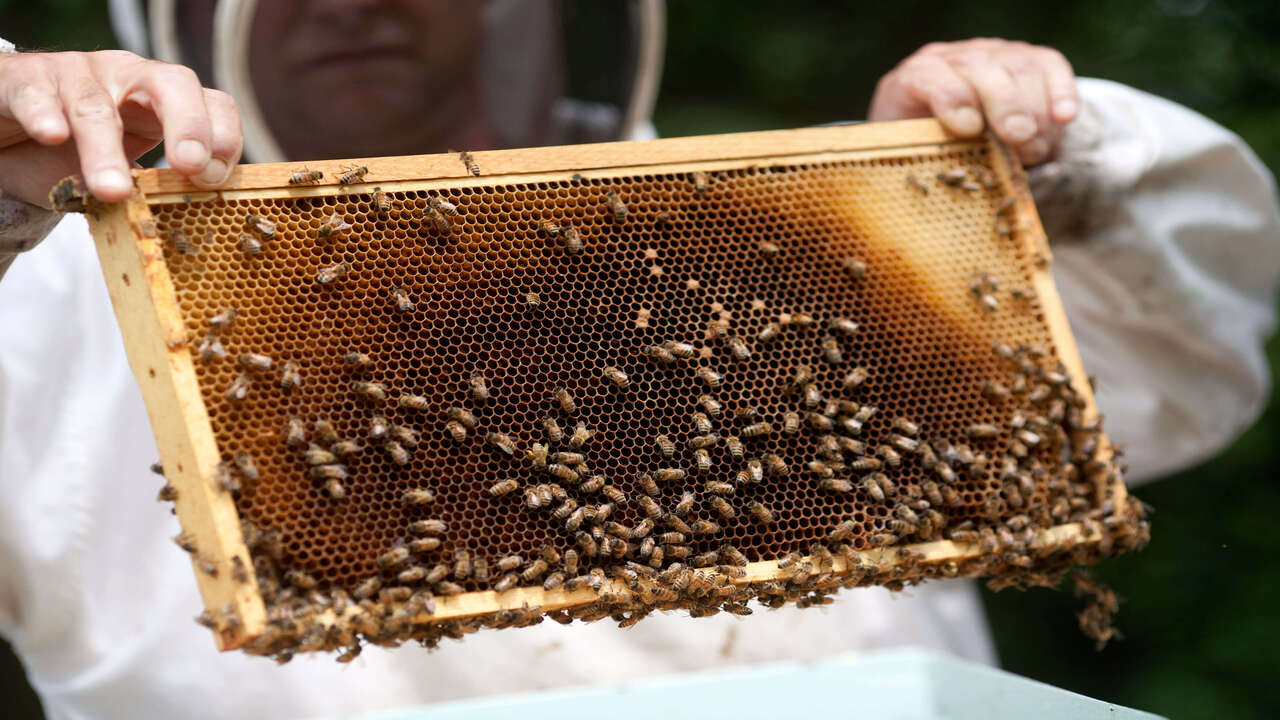
Beekeepers aiming to handle freshly harvested honey and maintain a thriving hive successfully should remember these nine essential tips. Properly extracting and storing honey plays a vital role in preserving its quality and flavor.
Understanding the different types of honey enables beekeepers to cater to various preferences. Implementing good beekeeping practices, such as regular inspections, disease, and pest management, and providing adequate food and water sources, is crucial for a healthy hive. Here are 9 tips on freshly harvested honey and beekeeping below:
1. Wear The Right Protective Gear
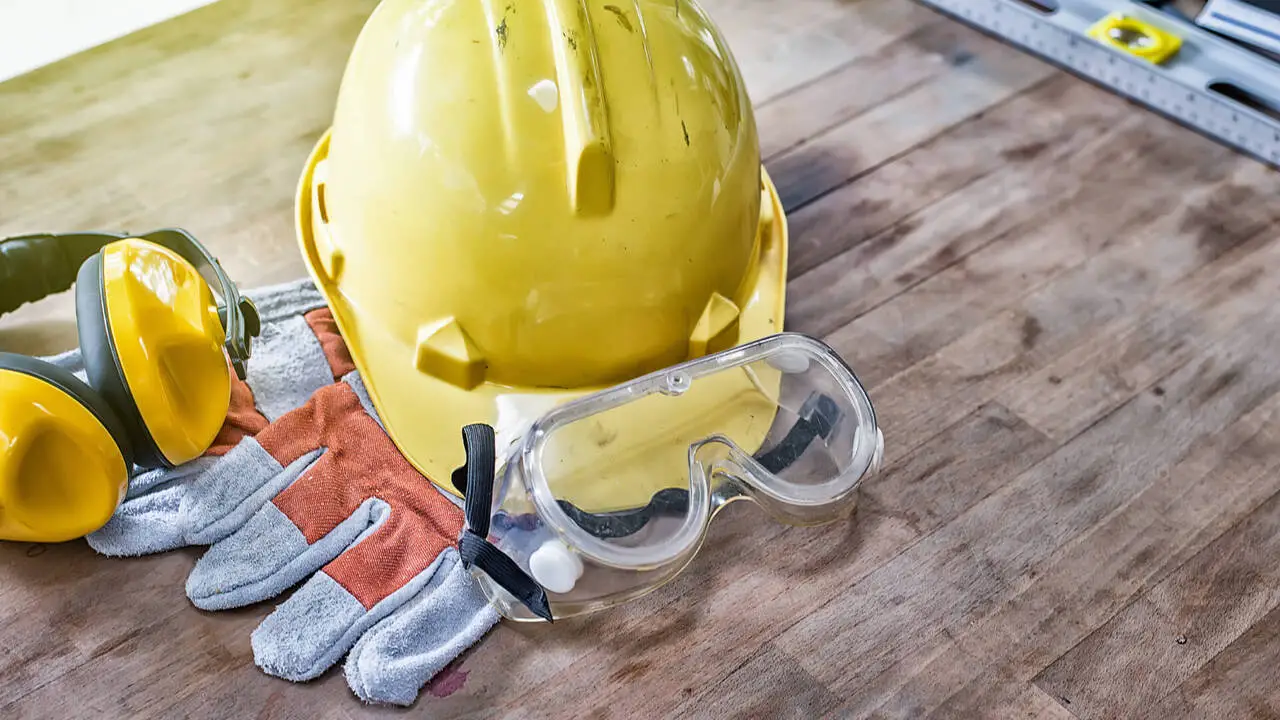
When engaging in beekeeping, it is essential to prioritize safety by wearing the right protective gear. Ensuring your well-being and avoiding bee stings are the main reasons for this precaution. Therefore, it is crucial to wear a beekeeping suit, gloves, and a veil that effectively covers all exposed skin areas.
Opting for well-fitting and properly maintained protective gear offers the best protection. Remember to wear closed-toe shoes and secure your pants cuffs to prevent bees from entering your clothing.
2. Prepare Your Equipment Before Harvesting
Before embarking on the honey harvesting process, it’s essential to adequately prepare your equipment. Ensuring that all your equipment is clean and in good condition is crucial. Thoroughly clean and sterilize honey harvesting tools, including honey extractors and strainers, to prevent any contamination.
It is also necessary to have an ample supply of storage containers or jars readily available for freshly harvested honey. Prioritize having a concrete plan to separate the honey from the wax effectively. This can achieve using methods like a honey extractor or the crush and strain technique.
3. Know The Right Time To Harvest
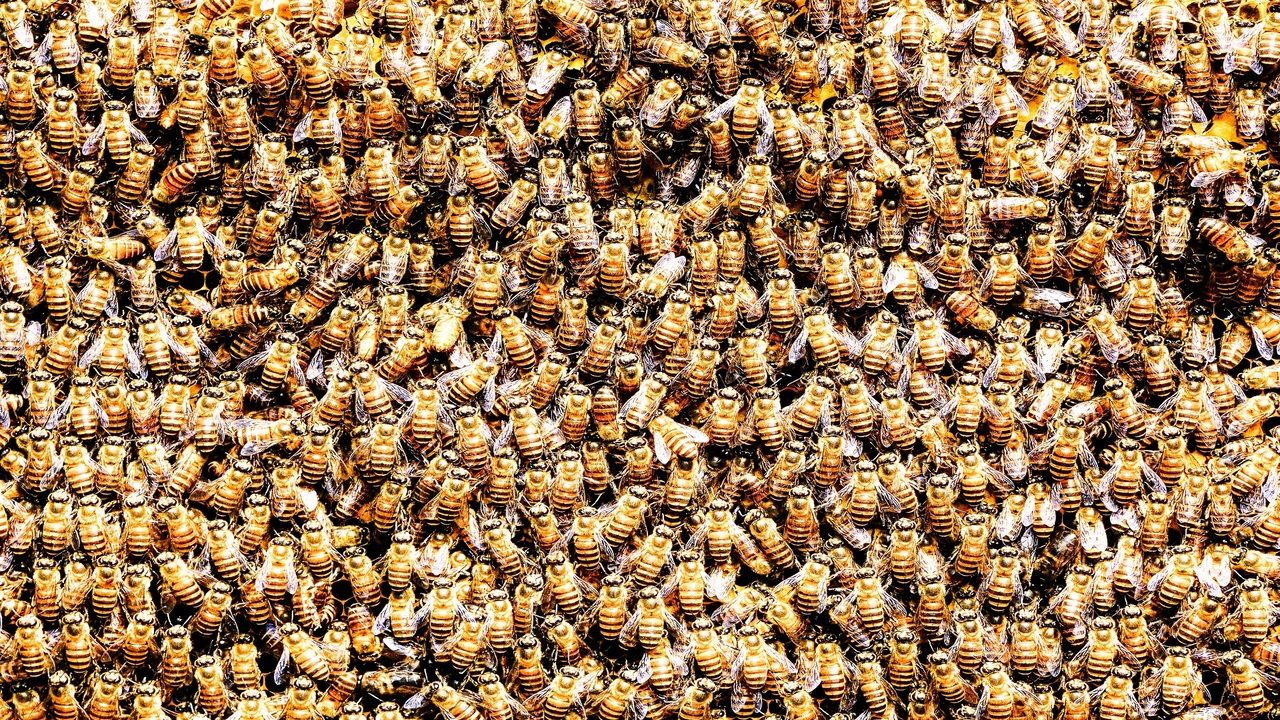
Knowing the right time to harvest your honey is crucial for beekeepers to ensure their freshly harvested honey’s best quality and taste. Waiting until most honeycomb cells are capped with wax indicates that the honey is fully ripened and ready for harvest.
This ensures that the moisture content is within the ideal range, minimizing the risk of fermentation or spoilage. Using a refractometer to measure the moisture content before harvesting can provide accurate results. Harvesting during warm weather, when bees are actively foraging, is typically recommended. The necessary beekeeping equipment, such as a bee suit, smoker, hive tool, and honey extractor, is essential for a smooth and successful harvesting process.
4. Monitor The Weather Conditions
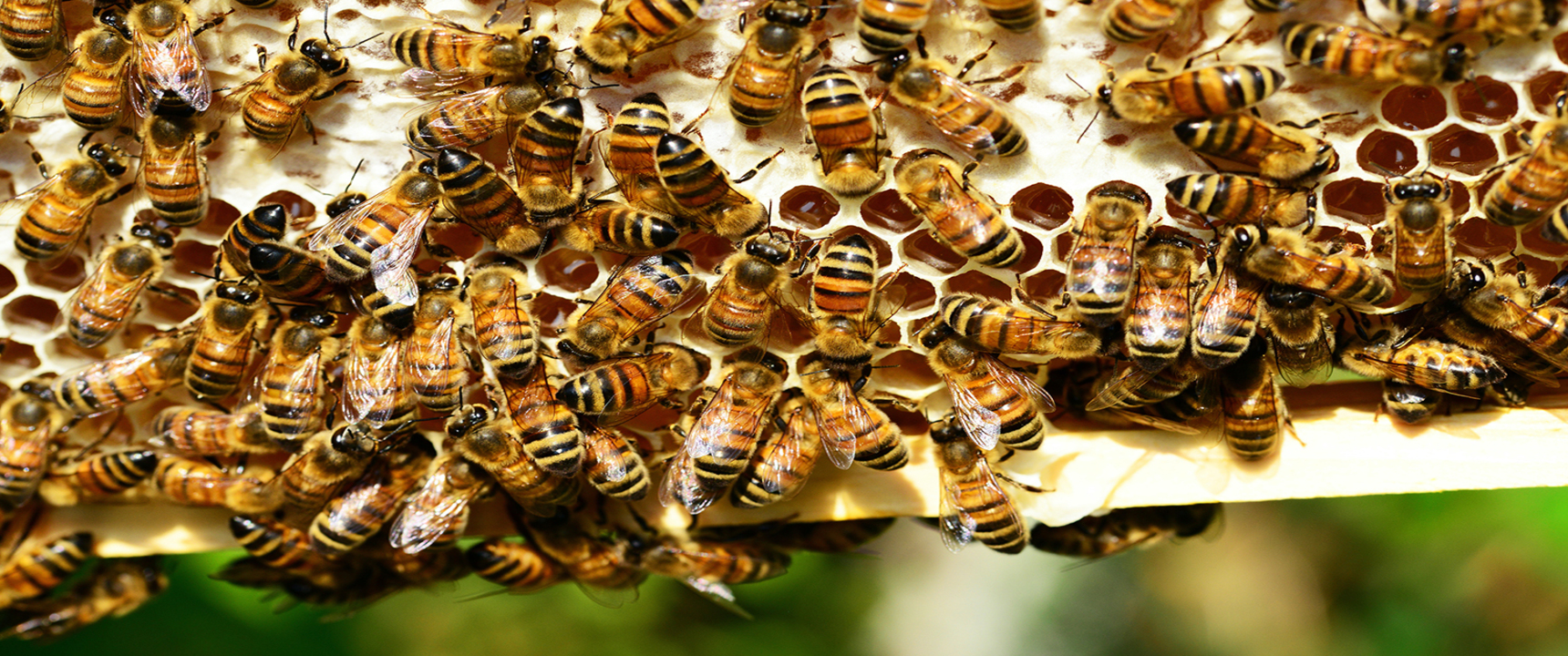
Regularly monitoring the weather conditions is crucial for successful beekeeping and the production of freshly harvested honey. Keeping an eye on your region’s temperature and humidity levels, you can anticipate and prepare for any changes that might impact your bee colonies and honey production.
Extreme weather conditions, such as high temperatures or heavy rain, can disrupt foraging patterns and reduce honey flow. By regularly checking the weather forecast, you can take necessary precautions to protect your bees and hives. Providing shade and water sources during hot weather helps prevent bee overheating and dehydration.
5. Gently Remove The Honey Frames
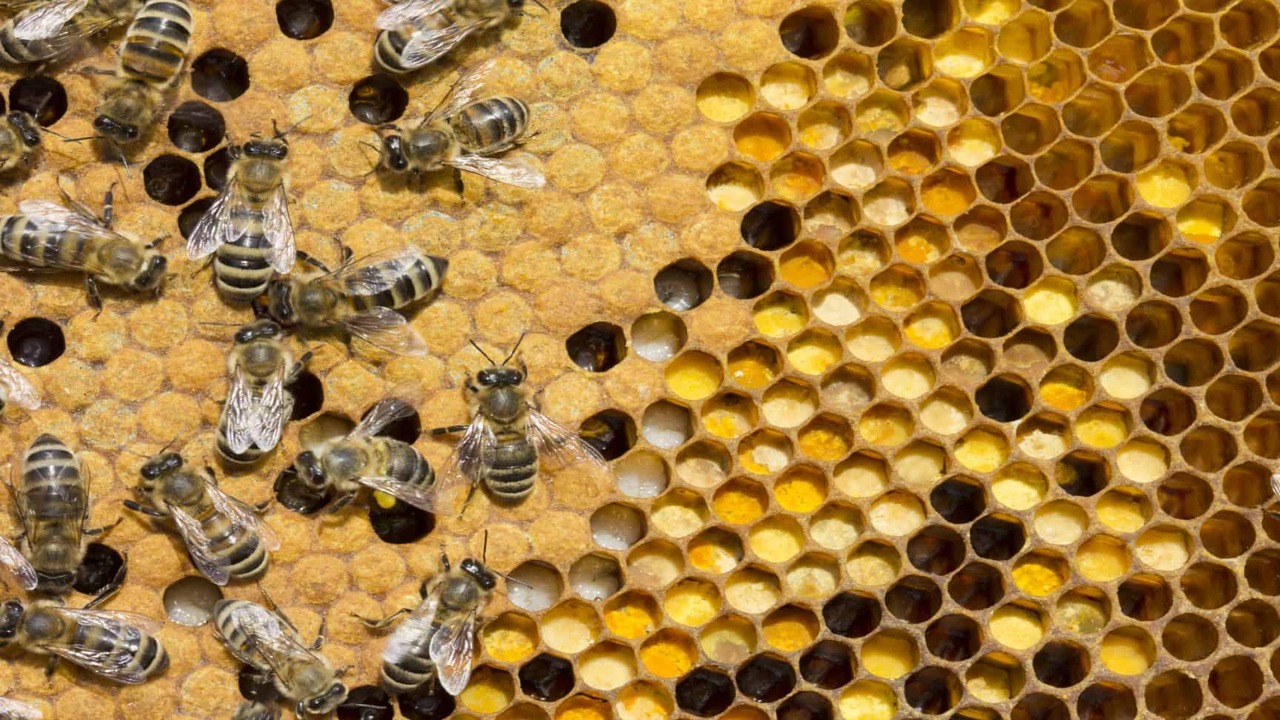
Removing honey frames from the beehive is a crucial step in harvesting freshly collected honey. It is important to handle these frames with utmost care to minimize any disruption to the bees and their comb. Begin by using a bee brush or a gentle puff of smoke to encourage the bees to move away from the frames, ensuring a smooth removal process. It is essential to avoid excessive shaking or agitation of the frames, as this may lead to comb damage and the release of excess honey.
Place the frames in a clean, food-grade bucket or container, providing a tight-fitting lid to prevent contamination. To expose the honey for extraction, use either a hot knife or an uncapping tool to remove the wax cappings from each frame. Remember to exercise caution during extraction to avoid over-spinning the extractor, as this may damage the delicate comb structure.
6. Use The Right Tools To Extract The Honey
Proper honey extraction involves utilizing the appropriate tools that guarantee efficiency without harming the hive or frames. Beekeepers should have manual and electric honey extractors to separate honey from the frames expertly.
Also, honey strainers or filters are crucial for eliminating any impurities or debris in the extracted honey. Essential tools such as uncapping knives or tools, bee brushes, and clean containers contribute significantly to the successful extraction process. A beekeeper’s adherence to sanitizing their tools before extraction ensures the quality and purity of the harvested honey.
7. Filter The Honey Before Bottling
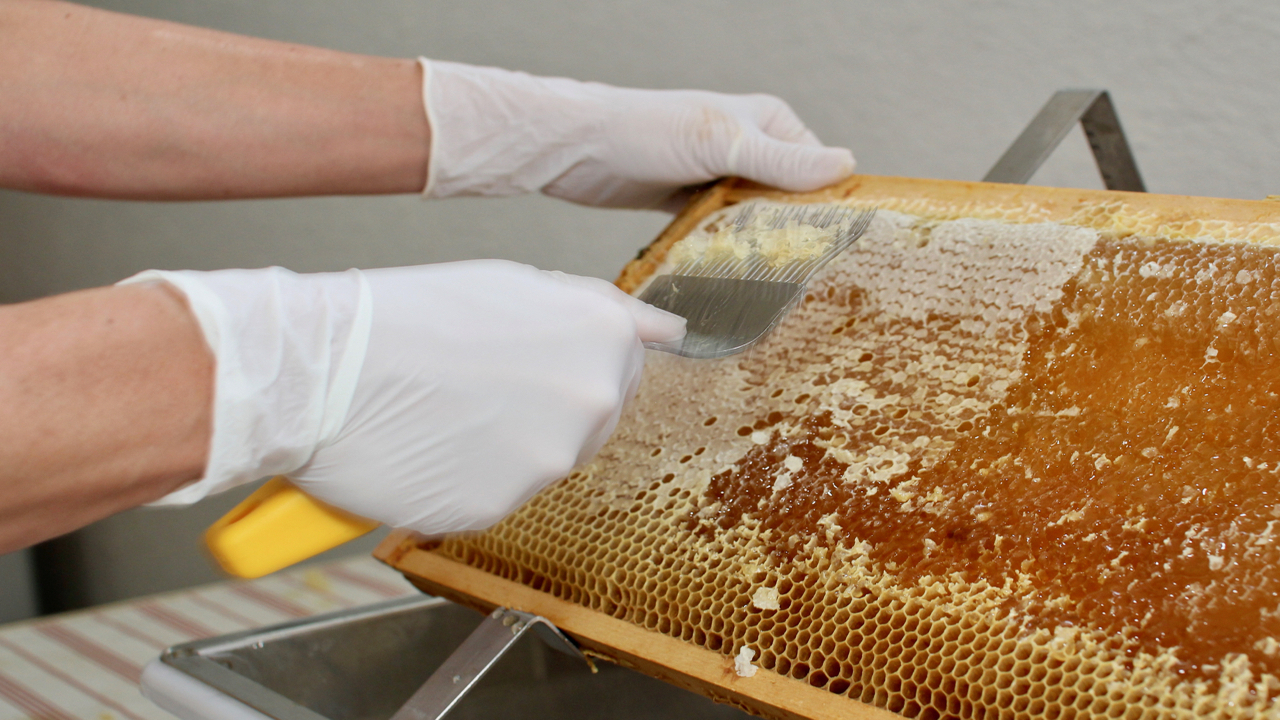
Filtering honey before bottling is an important step in honey production. Ensuring the purity and quality of the honey involves removing impurities and debris. Honey can be filtered by using a fine mesh filter or cheesecloth, which strains out any wax or bee parts.
This process helps create a smooth and clear appearance for the bottled honey. Maintaining cleanliness and sterilization while filtering is crucial to preserve the honey’s integrity.
Filtering should ideally be done at room temperature, allowing the honey to flow effortlessly through the filter. Allowing the filtered honey to settle for a day or two before bottling helps eliminate any air bubbles that may have formed during the process.
8. Store The Honey Properly
Properly storing freshly harvested honey is crucial for maintaining its quality and ensuring its long-term freshness. To store your honey effectively, it is essential to use clean and airtight containers, such as glass jars, that can seal the honey and prevent any moisture or contaminants from entering.
By storing your honey at room temperature, around 70°F, you can preserve its flavor and prevent it from darkening due to exposure to direct sunlight. Glass jars are an excellent choice for storing honey as they are less likely to absorb odors or flavors from other substances stored nearby.
Remember to label each container with the harvest date and additional information, such as the floral source or the hive’s location. It’s also important to note that honey crystallizes over time, so consuming it within a year of harvesting is best to enjoy its natural goodness.
9. Monitor Your Bee Population Regularly
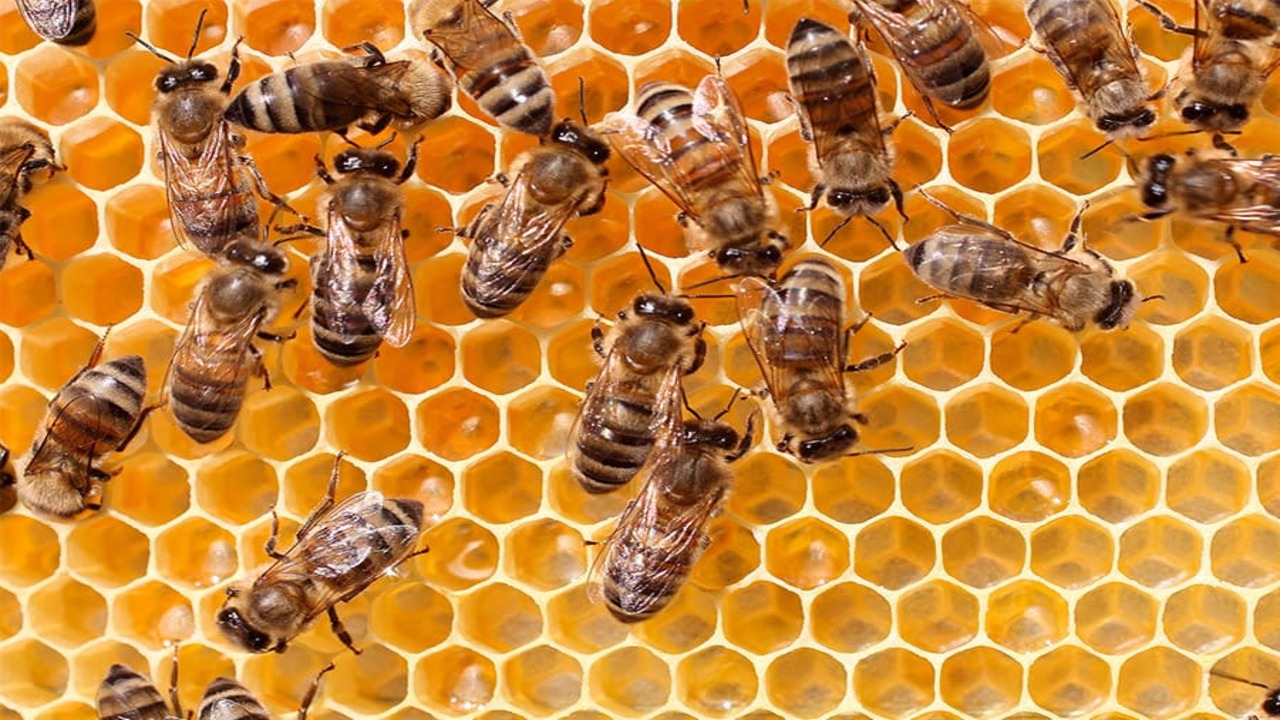
Regularly monitoring the population of your bees is crucial for maintaining the health and productivity of your hive. Closely observing your bees, you can detect any signs of disease or pests harming them. This enables you to take steps to prevent infestations or outbreaks that could jeopardize your colonies.
Regular inspections also help determine whether your hive is becoming overcrowded and needs to be split, ensuring each colony has enough space to thrive. Additionally, monitoring your bee population allows you to evaluate their well-being and strength before harvesting honey. This ensures you leave sufficient honey for their winter stores, promoting their survival during the colder months.
Beekeeping Tips For Success
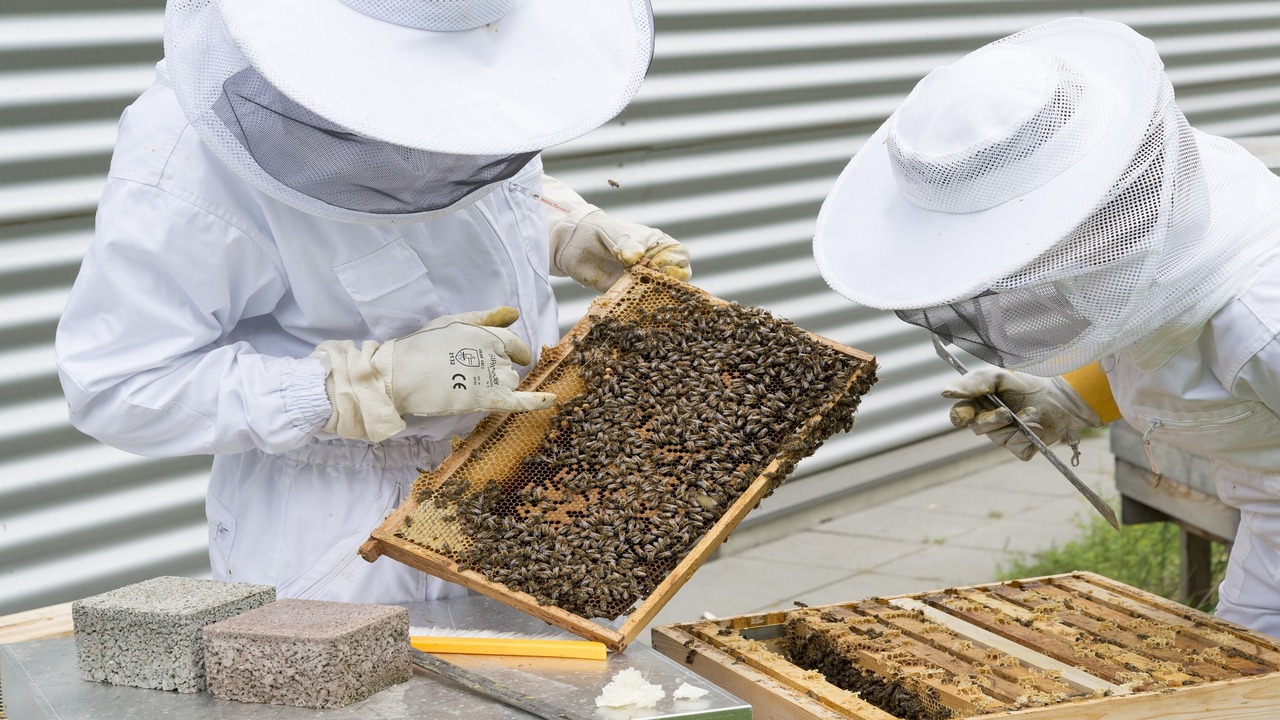
Choosing the best location for your beehives and ensuring proper maintenance is essential for successful beekeeping. Position your hive in an area that receives adequate sunlight and is easily accessible for regular inspections.
To maintain a healthy colony, regularly inspect the hive for signs of disease or pests like mites and beetles, taking necessary steps to eliminate infestations. Promote a thriving bee population by providing adequate food sources such as pollen and sugar syrup during lean periods.
Also, proper honey extraction management allows for a bountiful harvest of wax, honey, and beeswax. By following these tips and staying knowledgeable in beekeeping best practices, you can ensure your hive thrives year-round and enjoy the fruits of your labor.
Honey Harvesting Tips

Harvesting honey is a delicate task that requires careful consideration and attention to detail. To ensure a successful and efficient honey extraction process, following these expert tips and techniques is important. Timing is crucial, so wait until the bees have capped most of the cells before harvesting your honey. This ensures that the honey is properly ripened and ready for extraction.
When it comes to handling the frames, make sure you have the right equipment, including a bee suit, gloves, and a bee brush. This will protect you from stings and allow for the safe handling of the frames. Always remember to be gentle when removing the frames from the hive, taking care not to damage the comb or harm the bees.
To reduce the number of bees in the super, you can use a bee escape board or fume board, which encourages the bees to leave. Once you have the frames, there are several extraction methods you can use, such as a honey extractor or the crush and strain method. Choose the method that works best for you and your beekeeping setup.
After the honey has been extracted, it is important to store it properly. Use clean, airtight containers to prevent contamination and keep the honey away from direct sunlight and extreme temperatures. Following these honey harvesting tips will ensure high-quality, delicious honey you can enjoy for months.
Conclusion
Beekeeping is a rewarding and fulfilling hobby that can also provide you with a fresh supply of delicious honey. By following these tips for freshly harvested honey and beekeeping, you can ensure a successful harvest and maintain the health and productivity of your bee colony.
Remember to wear the proper protective gear, prepare your equipment, harvest at the right time, monitor weather conditions, handle the frames gently, use the right tools for extraction, filter and store your honey properly, and regularly monitor your bee population.
Not only does beekeeping offer a rewarding experience, but it also plays a vital role in supporting pollination and helping to maintain biodiversity. So, if you’re interested in exploring the world of beekeeping and enjoying the benefits of freshly harvested honey. Start your beekeeping journey today and discover the sweet rewards that await you.
Frequently Asked Questions
1.What To Do After Harvesting Honey?
Ans: After harvesting honey, ensure proper processing and storage. Filter out impurities, and store in clean, airtight containers to prevent moisture absorption and crystallization. Label with harvest date and honey type for future reference.
2.How Long Should Honey Sit Before Bottling?
Ans: It is advisable to let honey sit for a minimum of 24 hours before bottling. This allows air bubbles and impurities to rise to the surface, making them easier to remove. It is also recommended to strain the honey during this resting period to eliminate any remaining debris.
3.How Do You Harvest Honey Without Bees Getting Mad?
Ans: To safely harvest honey without angering the bees, wear protective beekeeping gear, use appropriate tools like smoke or a bee brush to calm the bees, handle the frames with care, and close the beehive promptly after harvesting. These precautions minimize the risk of agitation and stings.
4.Does Harvesting Honey Affect Bees?
Ans: When done correctly, harvesting honey does not harm bees. Responsible beekeepers leave enough honey for the colony to survive winter, prioritize their well-being, and follow guidelines from experienced beekeepers to ensure proper practices are upheld.
5.What Are The Signs Of Readiness To Harvest Honey?
Ans: Signs that honey is ready to be harvested include capped honey cells with wax, a moisture content of approximately 18% or lower, heavy frames filled with honey, and bees storing nectar in the frames instead of actively collecting it.

I’m a writer and blogger who loves to talk about entertainment, culture, and relationships. I love to share my thoughts and insights on these topics, and I’m always looking for new ways to engage with my readers. I’m also a big fan of learning new things, so I’m always exploring new areas of interest.
